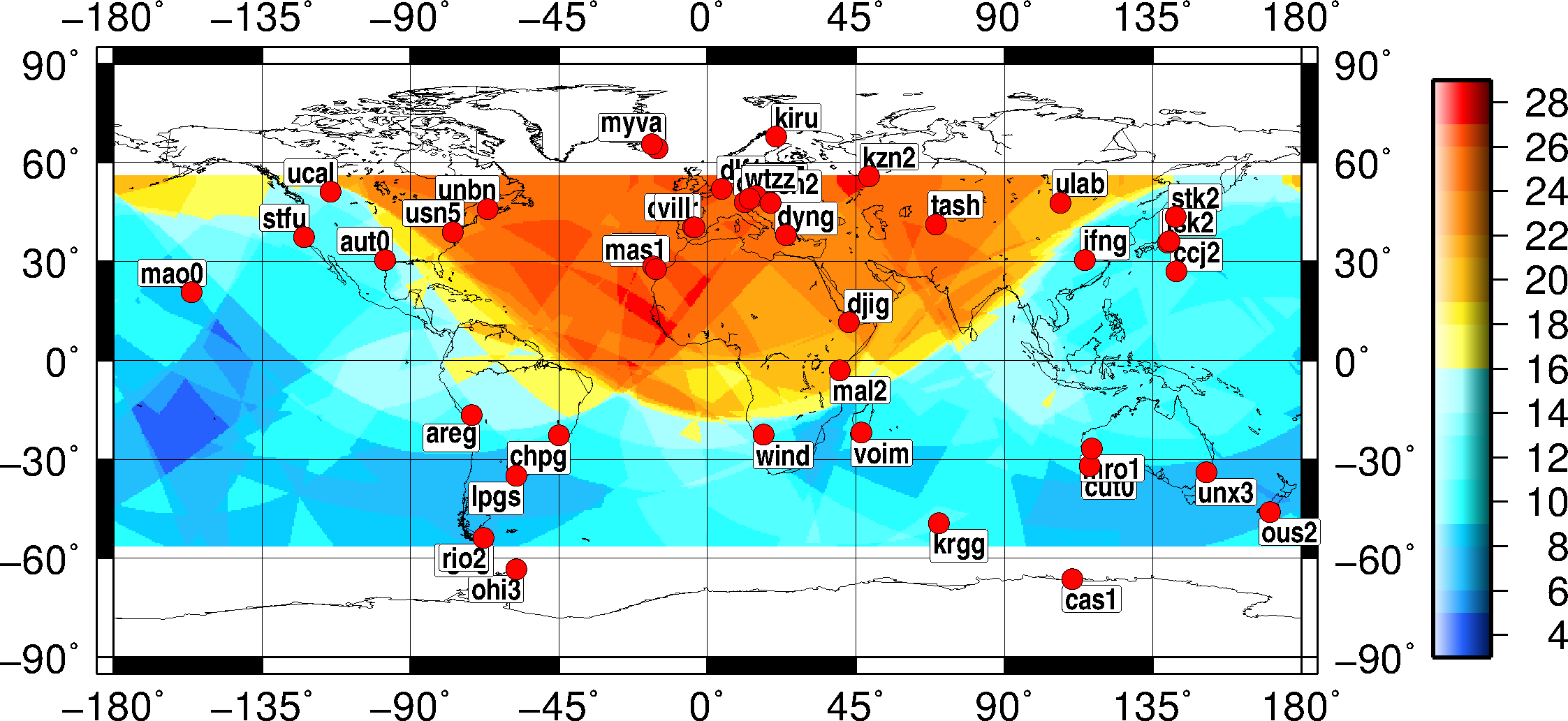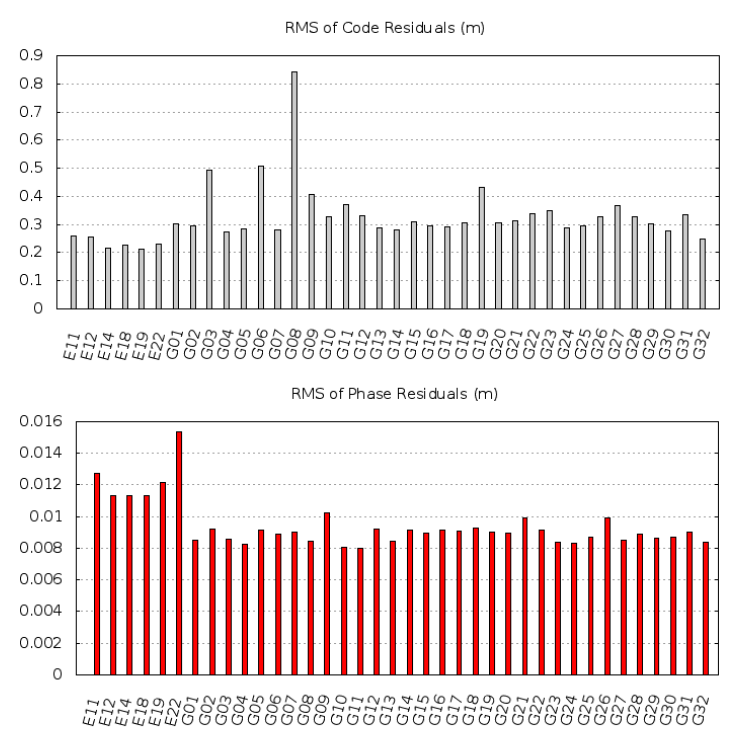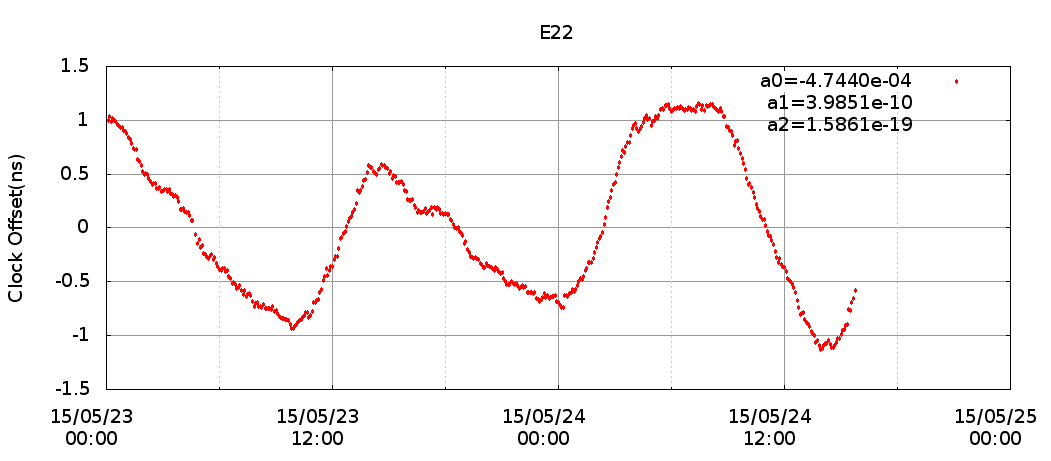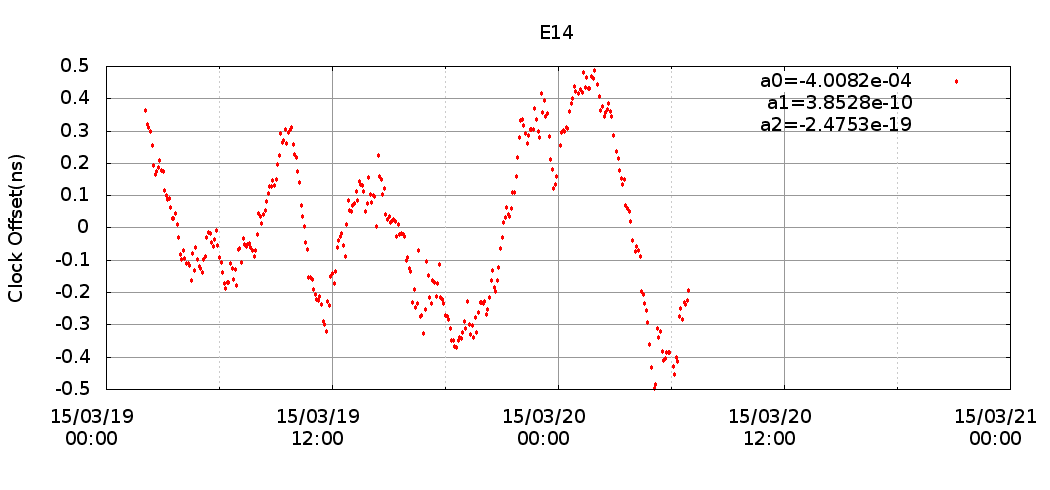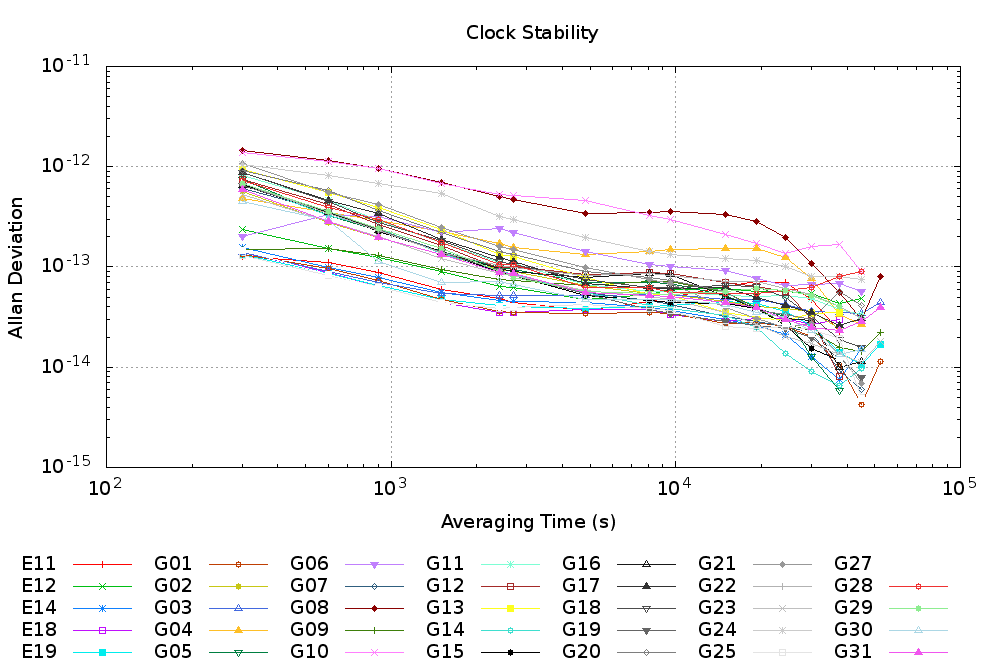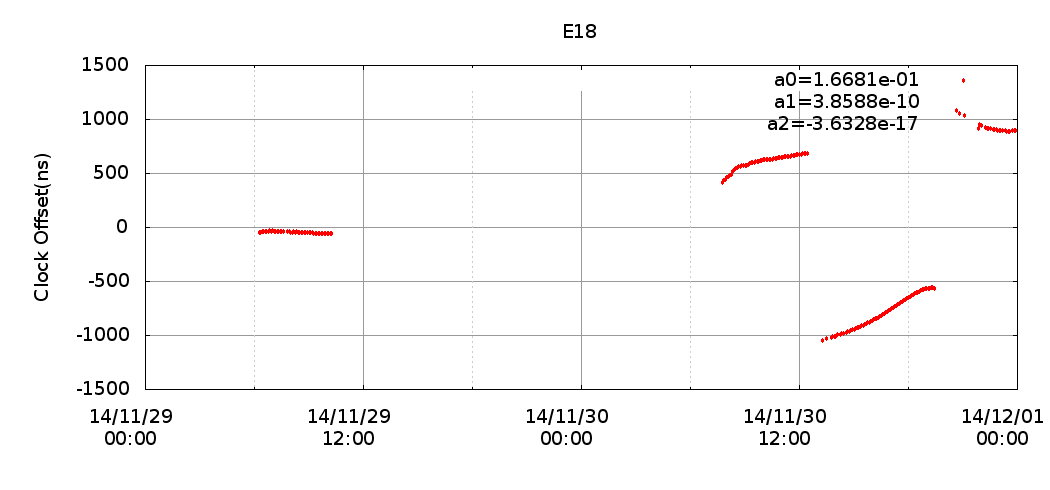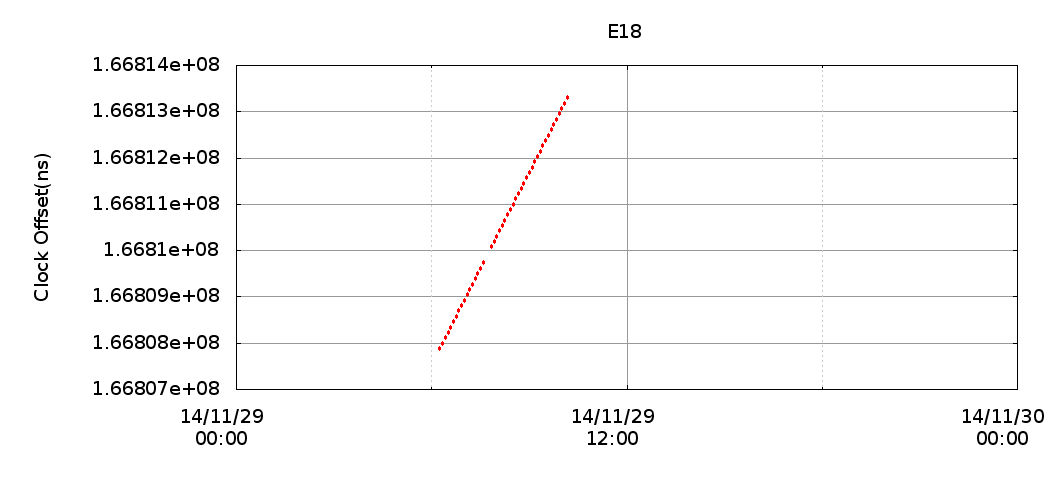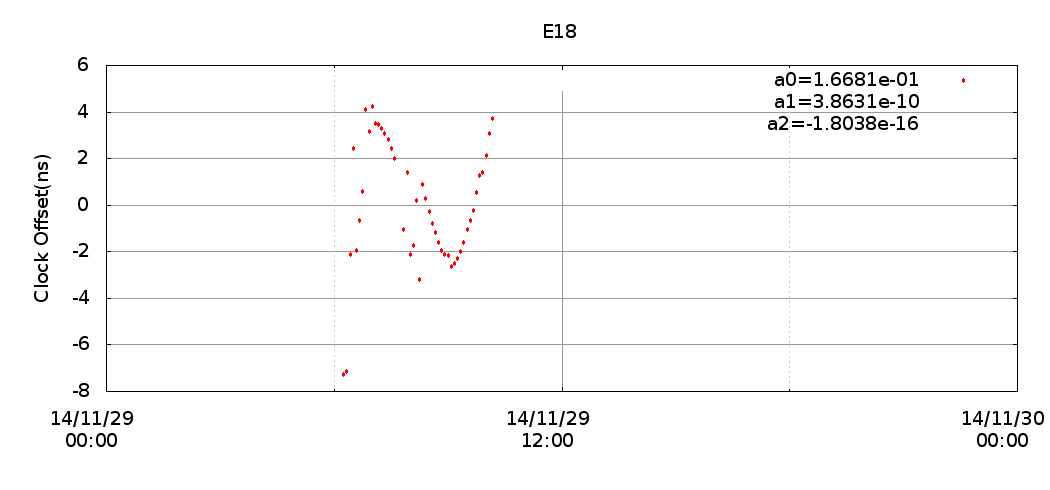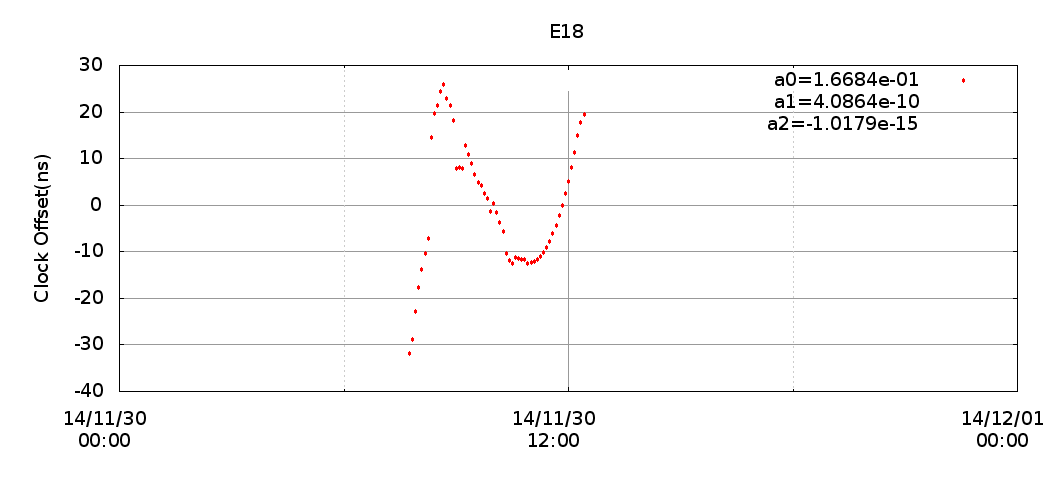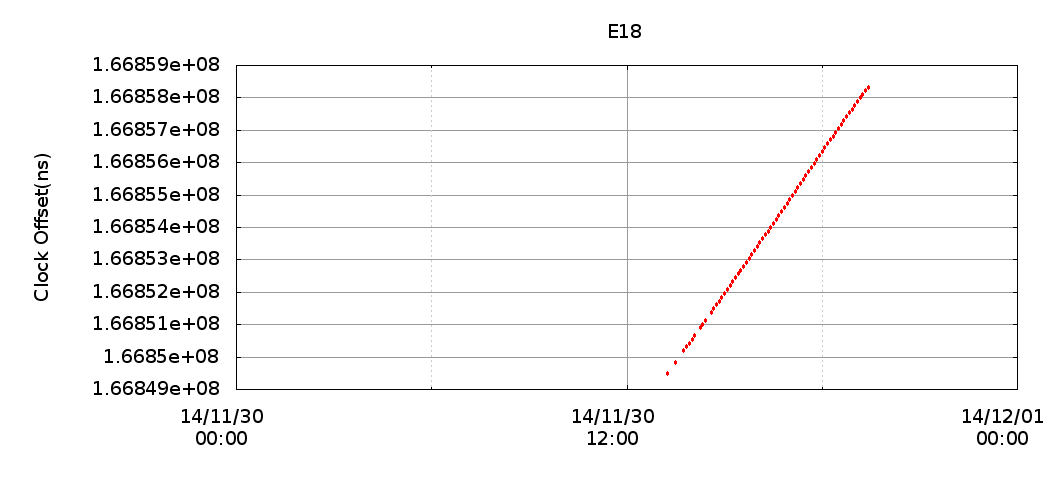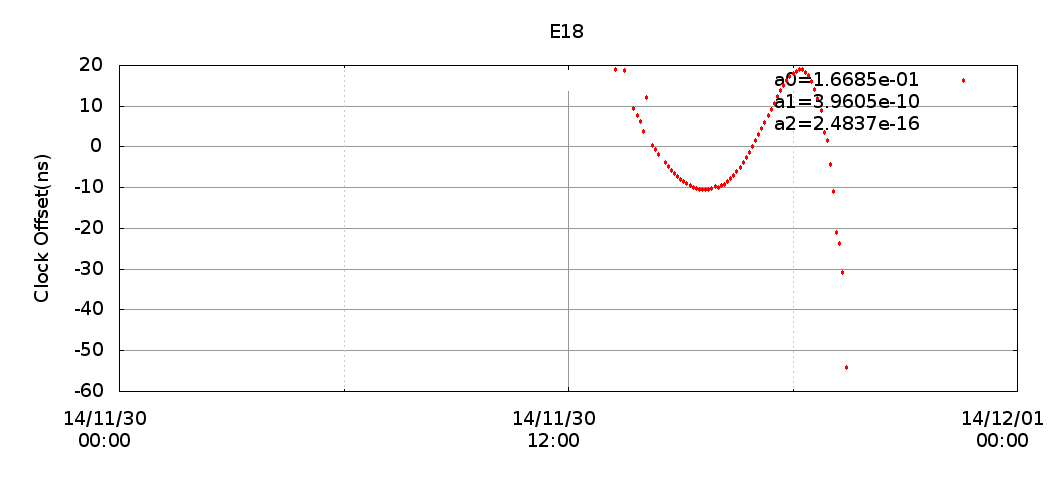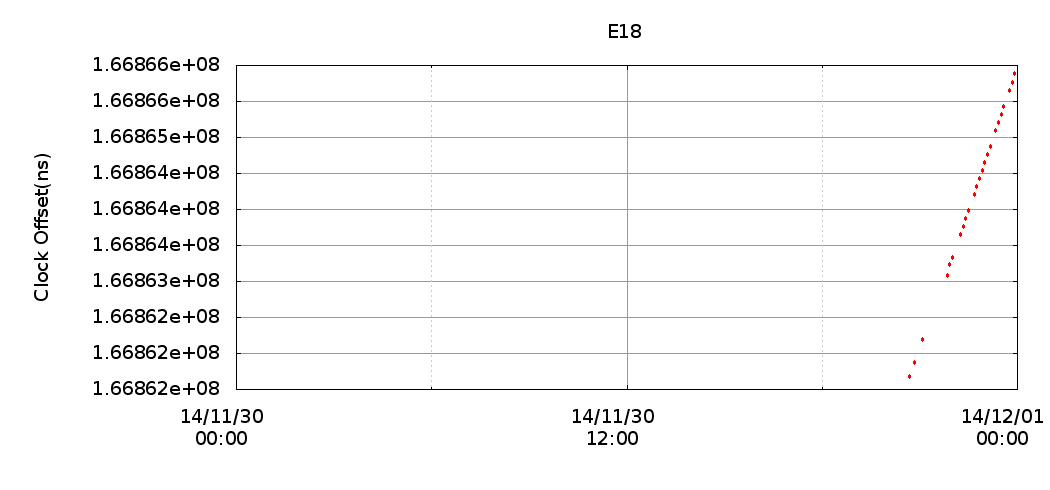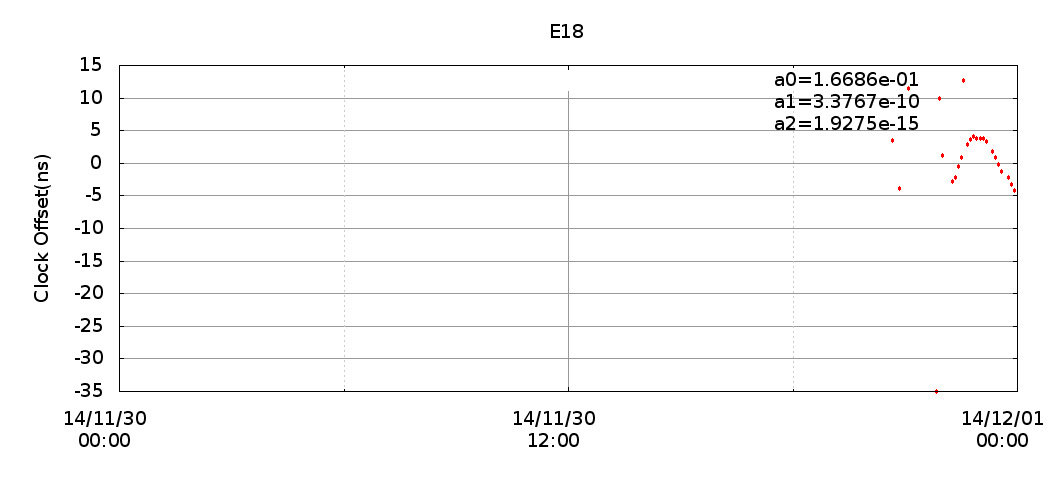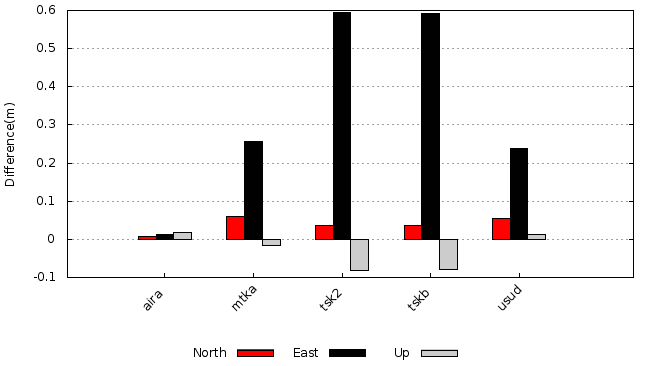magicGNSS at the fifth International Colloquium on Scientific and Fundamental Aspects of the Galileo Programme
October 27th, 2015 by Guillermo TobíasmagicGNSS will be present at the fifth International Colloquium on Scientific and Fundamental Aspects of the Galileo Programme, presenting “MagicPPP in your Pocket: a Smart, Portable and Efficient Multi-GNSS High-accuracy Solution”.
magicPPP Android OS mobile application has been created with a very ambitious objective: to become the reference point for a new generation of GNSS applications and services. magicPPP has completed its portfolio of capabilities by adding two novel characteristics; single-frequency PPP processing and multi-GNSS constellations support. Hence, this new magicPPP version, together with an external receiver and a stream of accurate satellite products, provides an integrated PPP/RTK solution able to join in one single mobile application the algorithms needed by advance GNSS users, and also make available the GNSS high-accuracy technology to a new market segment that cannot afford the cost of acquiring multiple high-end multi-frequency receivers.
The single-frequency PPP data processing capability incorporated in magicPPP represents the cornerstone where a new GNSS concept will be sustained, Low Cost Precise Point Positioning. Supporting single-frequency receivers means extending magicPPP solution to a huge range of low cost devices, which can now navigate with decimeter-level accuracy. Our PPP algorithms have been enhanced to reduce the effect of the ionospheric delay, cope with different levels of measurements quality and work in harder environments.
The second novel point is the multi-GNSS support; it is a key evolution to improve the positioning solution at user level. The number of available satellites grows every year, and the possibility of processing all of them helps to improve the accuracy of the PPP solutions. In this sense, magicPPP has been upgraded to support all the available frequencies and services of GPS, GLONASS and Galileo, furthermore it has been designed to include new GNSS constellations as QZSS and Beidou with low development effort.
These advanced functionalities have been surrounded with a flexible and powerful android application focused on achieving the best user experience. Three key characteristics have been considered critical for the users, receiver management, session and singular points recording and compatibility with third party applications and data consuming.
PPP in your pocket is already here, watch it below!!!
